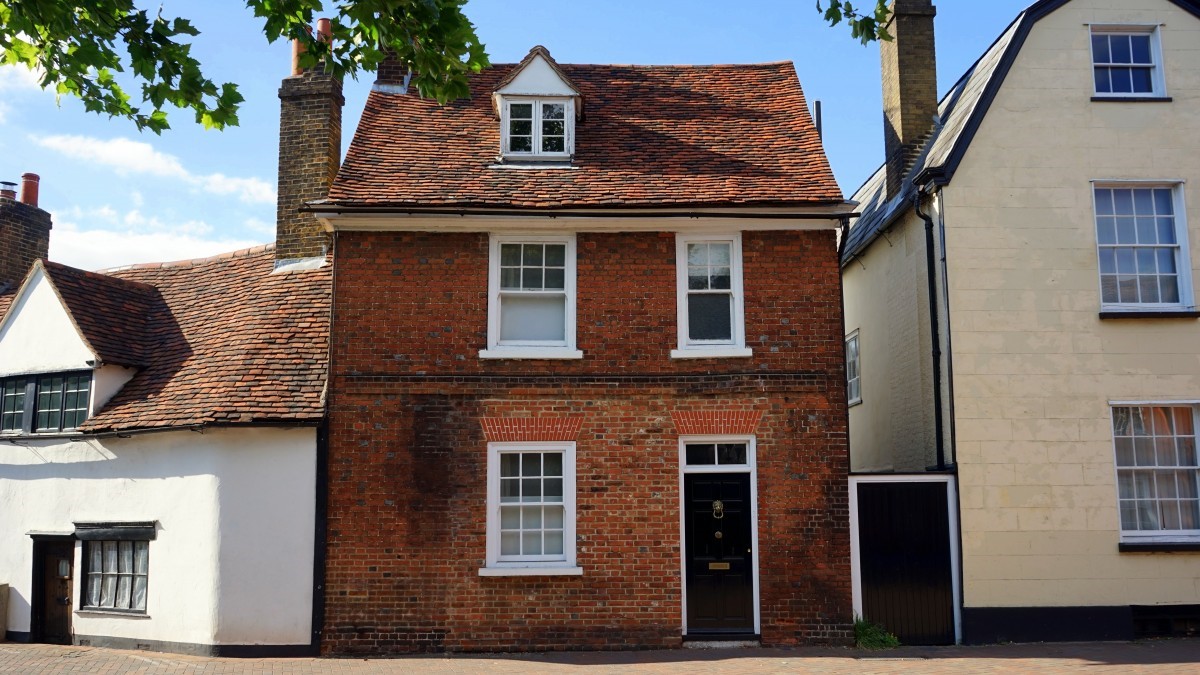A study by HomeOwners Alliance that investigated the effect of colour on property values found that homes boasting vivid shades can cost an average of 20 per cent more than their plainer neighbours.

The biggest price difference uncovered was for a three-bedroom house on Norwich’s colourful Ten Bell Lane, which cost 65 per cent more than a similar house in nearby Victoria Street. HomeOwners Alliance also discovered that a rainbow-hued three-bedroom terrace in North London’s Kelly Street was worth an average of 15 per cent more than a similar property on the less vibrant Castle Road.
In an area where most homes have character, prices for colourful properties are less marked; for example, there is only a 12 per cent difference between vivid picture-postcard houses on Tobermory’s Main Street and those on the less colourful Rockfield Street.
In Cornwall’s Kingsand, a typical four-bedroom house on colourful lane The Green is valued at four per cent more than dwellings on the plainer Fore Street. In North Yorkshire’s Staithes, near Saltburn-by-the-Sea, a typical colourful two-bedroom cottage in Chapel Yard costs just two per cent more than the same-sized property in nearby Cowbar Cottages.

The chief executive of HomeOwners Alliance, Paula Higgins, commented that the value of a house in a brightly painted street can be thousands more than its duller neighbours. Paying a premium for a vibrant street might yield dividends, she points out, while you could make huge savings by purchasing a plainer home metres from a colourful road.
The organisation’s homeowner survey uncovered that amongst those buying a home, the most important features were a garden or external space, a dwelling in a good repair, a place to park, decent-sized rooms, good transport links, and energy efficiency.
Surveying your prospective home
When you have found the perfect property, you need to investigate it for flaws. A homebuyers report documents visual problems in a property that might lead to damage or repairs, such as subsidence or damp. The homebuyers report won’t detail every aspect of the abode – for this, you need an in-depth building survey.
A homebuyers report generally suits conventional dwellings built within the last 100 years that are in reasonable condition. A building survey is better if you are planning alterations or if the building is non-traditional, large, extended, or built over a century ago.
An article in House & Garden explains how to choose the perfect external paint colour.
Tips for home decorators
– Choose trade-quality masonry paint, which has more pigment and offers better protection against the elements. Choose BBA-certified paints such as Dulux Trade Weathershield, Sandtex Trade or Albany Smooth Masonry, which are thoroughly tested for performance and guaranteed lifespan.
– Ensure that you are strong enough to undertake the work and are safe when climbing ladders – this job requires stamina. If you are not confident about undertaking the project, hire a professional decorator.
– The cost of exterior decorating depends on the size of the property and whether scaffolding is needed. The painting may take up to a week to finish.
– Greens and blues suit the cooler light that reflects on east- and north-facing walls, while yellow or red-based hues go best with the warmer light that benefits west- or south-facing houses.
– If you are painting the house yourself, clean, brush and scrape the walls prior to starting, repair any holes, and use an anti-fungicidal solution on mould. Any rotten wood should be replaced.
– Ensure that you have some old blankets or dustsheets to avoid painting your lawn and patio.
– Wear old clothes or overalls, as exterior paints can’t be washed out.
– You will need two coats of exterior paint. Start at the top of the house and work down.
– If your house is a listed building, consent is needed to change the exterior colour.
– Your exterior walls need painting every 10 to 15 years. Aim to undertake the project when the weather forecast is good; however, glare from the paint will give you eye strain on a sunny day. It is best to paint on a mild, cloudy day.
– If your house is very grimy, use the type of power washer that you clean your driveway or car with.
– It is faster to spray the paint rather than brushing. Make sure you mask the areas you don’t want to get paint on.
– Keep children and animals away from your work.